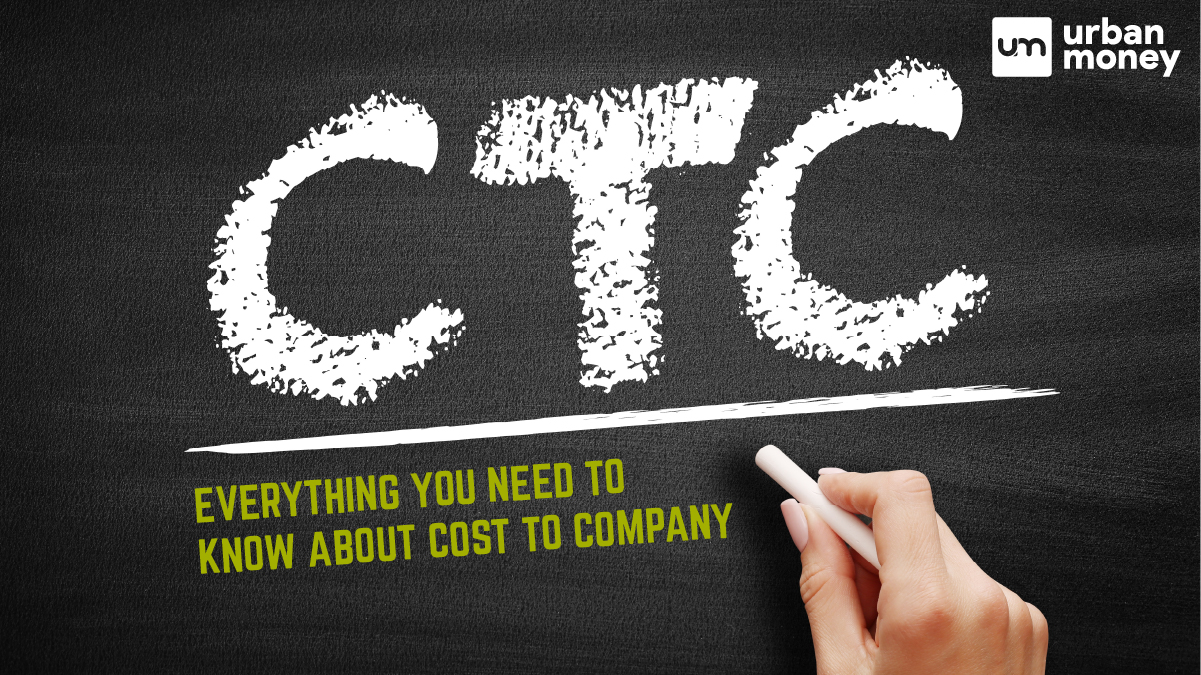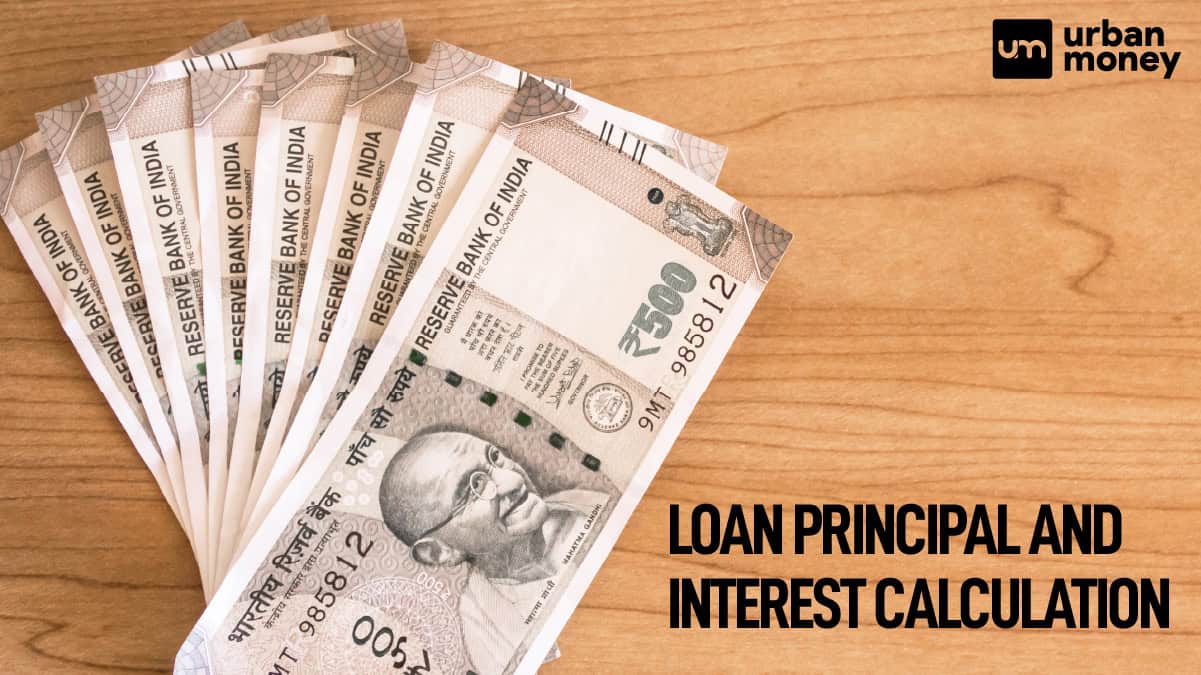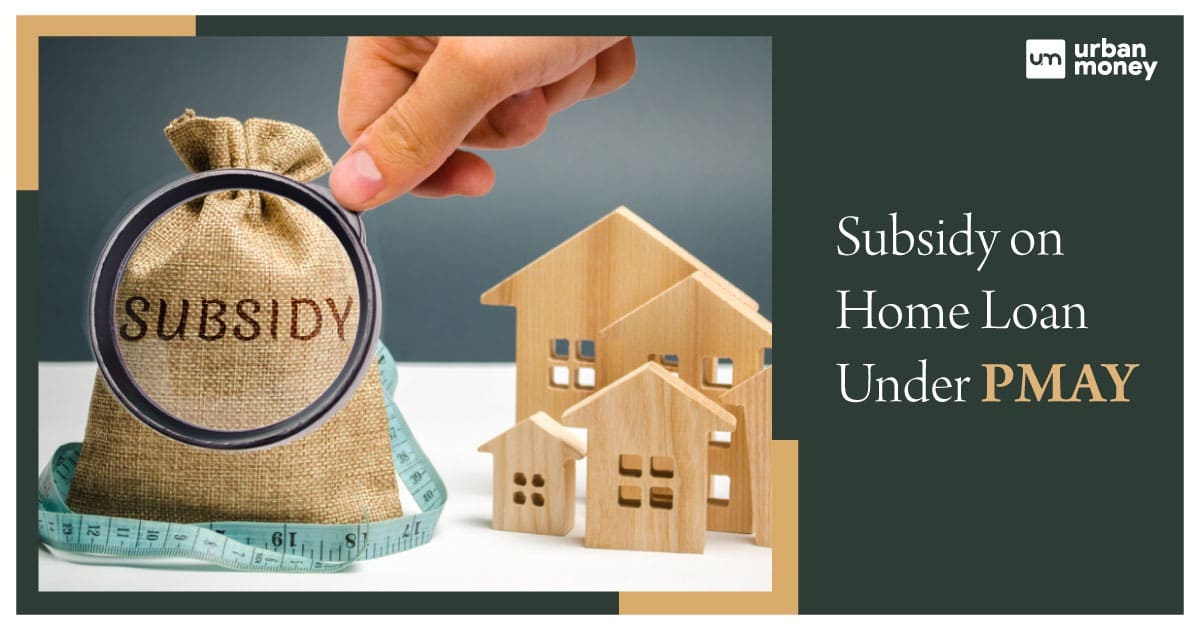Top 10 Best Private Banks in India List 2025
January 09, 2025
Home Loan Archive | Conveyance Deed: Definition, Purpose, and Important Considerations

March 14, 2023
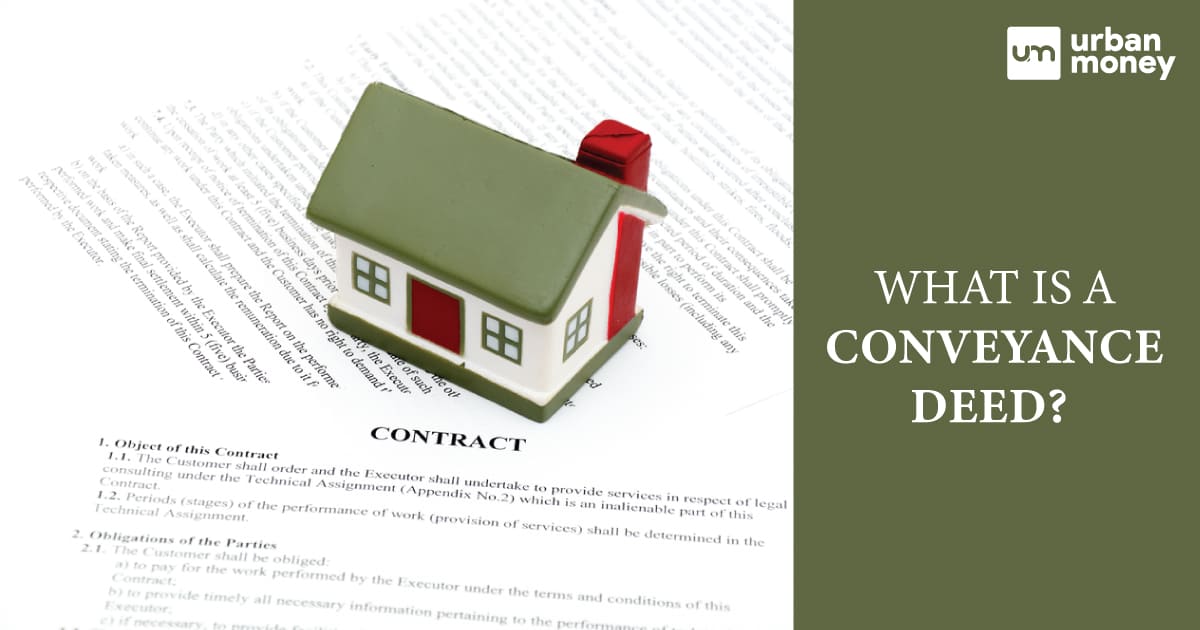

A conveyance deed is a legal document that transfers property ownership from one person or entity to another. This document is an essential part of buying or selling a property.
The conveyance deed contains details about the property, such as its location, boundaries, and description. It also includes the names of the parties involved in the transaction, the purchase price, and any other terms and conditions of the sale.
Once the conveyance deed is signed, it serves as evidence of the transfer of ownership from the seller to the buyer. It is crucial to have a conveyance deed prepared and executed by a qualified professional, such as a solicitor or conveyancer, to ensure that the transfer of ownership is legally valid and enforceable.
Table of Contents
ToggleIn Maharashtra, property owners or societies can apply for a Deemed Conveyance Certificate without having an Occupancy Certificate. However, they must submit a self-declaration form stating their intention to pay dues and apply for a regular Occupancy Certificate.
The government of Maharashtra allows for online and offline applications for deemed conveyance after submitting this form. When buying or selling property, it’s crucial to have a conveyance deed prepared by a professional to ensure the transfer of ownership is legally valid.
Understanding the legal requirements of property transactions is crucial to avoid legal issues. Obtaining a Deemed Conveyance Certificate without an Occupancy Certificate is an example of such legal nuances.
If you’re planning to buy or sell property, understanding the vital components of a conveyance deed is crucial. Here are the key elements you should know about:
Before executing a conveyance deed, it is essential to remember the following.
Conveyance deeds are an essential part of property transactions. Understanding the different types of conveyance deeds can help you choose the right one for your needs. Here are four conveyance deeds you should know about.
This type of conveyance deed is used when the transferred property is freehold, meaning the owner has complete ownership of the property and the land it is built on. The deed of conveyance of freehold property transfers the complete ownership rights from the seller to the buyer.
When the property being transferred is leasehold, the owner has the right to use the property for a specific period but does not own the land it is built on. A deed of conveyance of leasehold property is used. This deed transfers the rights to use the property from the seller to the buyer for the remaining lease period.
The transferred property is subject to a mortgage in this conveyance deed. The deed transfers the ownership rights from the seller to the buyer, but the buyer assumes the responsibility for the mortgage payments.
A gift deed is used when the property is being gifted by the owner to another person, usually a family member or a loved one. The gift deed transfers the ownership rights of the property to the recipient without any monetary consideration.
A “Conveyance deed” is a legal document that transfers property ownership from one person to another. To complete the process, certain legal documents are required. Here are ten critical legal documents that you need for a conveyance deed.
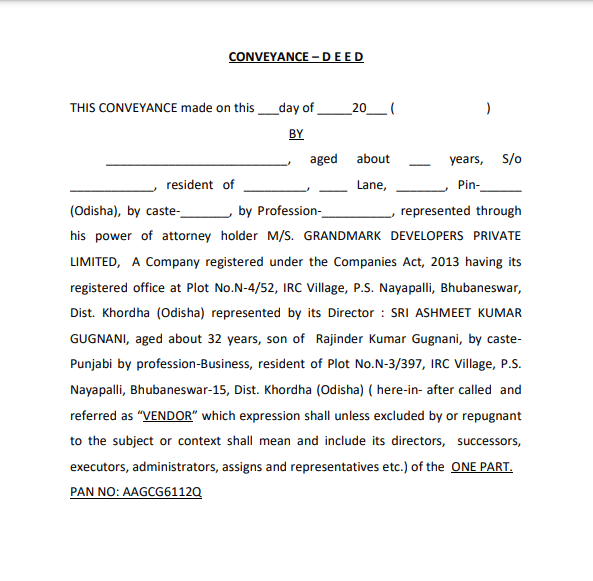
Conveyance deed format
A conveyance deed is an essential legal document for homebuyers who have availed of a home loan. It is legal proof of transfer of property ownership from the seller to the buyer. The conveyance deed establishes the buyer’s legal rights over the property and protects them from any future legal disputes related to ownership.
When applying for a home loan, the lender often requires the borrower to provide a conveyance deed as proof of ownership. This helps the lender to ensure that the property is free of any encumbrances and can be used as collateral for the loan. Without a conveyance deed, the lender may refuse to approve the loan or charge a higher interest rate.
Moreover, when the borrower repays the loan, the lender releases the mortgage on the property. The conveyance deed is then returned to the borrower with the endorsement of the mortgage discharge. Keeping the conveyance deed safe is important, as it is the most important legal document establishing property ownership.
Two primary parties are involved in a conveyance deed: the transferor or seller and the transferee or buyer.
The transferor is the property’s current owner and is selling it to the buyer. The transferor must provide a clear title to the property and ensure that there are no legal disputes or encumbrances related to the property. They must also provide all the necessary legal documents, including proof of ownership, tax receipts, and any other relevant documents required for the conveyance deed.
The transferee is the person who buys the property and acquires ownership of it through the conveyance deed. The transferee must pay the agreed-upon price for the property and ensure they have the necessary funds to complete the transaction. They must also verify that the property is free of legal disputes or encumbrances that could impact their ownership rights.
Additionally, other parties may be involved in a conveyance deed, such as a mortgage lender or a lawyer who helps prepare the legal documents. These parties play important roles in facilitating the transfer of ownership and ensuring that the conveyance deed is executed correctly.
There are several risks associated with conveyance deeds that individuals should be aware of before proceeding with a property transaction. These risks include
| Point of Differentiation | Sale Deed | Conveyance Deed |
| Definition | A legal document that transfers the ownership of a property from the seller to the buyer for a specific price | A legal document that transfers the ownership of a property from the transferor to the transferee without specifying a price |
| Applicability | Used in cases of the sale of a property | Used in cases of gift, exchange, or transfer of a property without consideration |
| Purpose | To record the transfer of ownership and to establish the buyer’s right to the property | To record the transfer of ownership of a property and establish the transferee’s right to the property |
| Consideration | The sale deed specifies a specific price that the buyer must pay to the seller | The conveyance deed does not specify any price or consideration |
| Execution | A sale deed can only be executed between a buyer and a seller | A conveyance deed can be executed between a transferor and transferee in cases of gift, exchange, or transfer of property |
| Stamp Duty and Registration | Stamp duty and registration charges must be paid for a sale deed | Stamp duty and registration charges are only required for a conveyance deed if there is a consideration involved |
| Timeframe | A sale deed must be executed within four months of the agreement to sell | A conveyance deed can be executed at any time, as long as the transferor is willing to transfer ownership of the property |
| Enforcement | A sale deed is enforceable in court in case of any dispute between the buyer and seller | A conveyance deed is enforceable in court in case of any dispute between the transferor and transferee |
If one wants to cancel a conveyance deed, they can do so by following the legal provisions mentioned under the Specific Relief Act. The cancellation process can be initiated if the deed is revocable or poses no harm to any of the parties involved. It is also possible to cancel the conveyance deed through mutual agreement, provided the deed was registered according to the Indian Registration Act of 1908.
In case the transfer deed paperwork gets lost due to banker negligence, one must take immediate action by filing a police report, publishing an ad in the newspaper, and getting an affidavit notarised. After completing these steps, a legally certified copy of the conveyance deed can be obtained from the sub-office registrar’s office where the property was registered after paying the necessary fees and submitting the required documents.
| Related Resource |
| Top 10 Best Bank for Home Loan In India |
| Plot Loans for Land Purchase |
| Top Housing Finance Companies in India |
| Commencement Certificate |
| Home Loan for Government Employees |
The Conveyance Deed is usually prepared by a lawyer, a solicitor, or a licensed conveyancer familiar with the specific jurisdiction's property laws and regulations.
If the Conveyance Deed is lost, the property owner should immediately file a police report and take the necessary steps to obtain a legally certified copy of the deed from the sub-office registrar's office where the property was registered. It is also advisable to publish an ad stating the deed has been lost.
A Conveyance Deed is necessary for a home loan as it provides legal proof of ownership of the purchased property. The lender typically requires a copy of the Conveyance Deed as part of the loan application process.










© 2025 www.urbanmoney.com. All rights reserved.

Need Loan Assistance?

Thank you for showing your interest. Our agent will get in touch with you soon.





